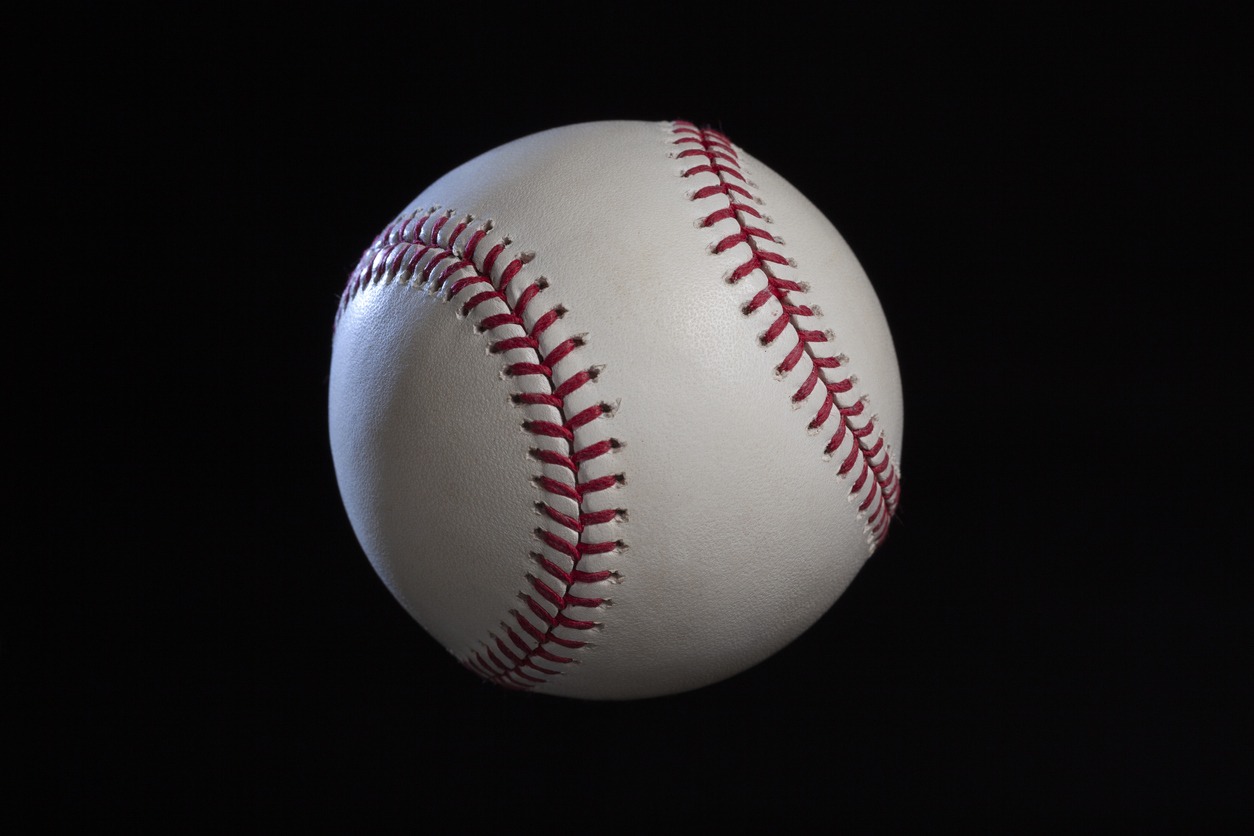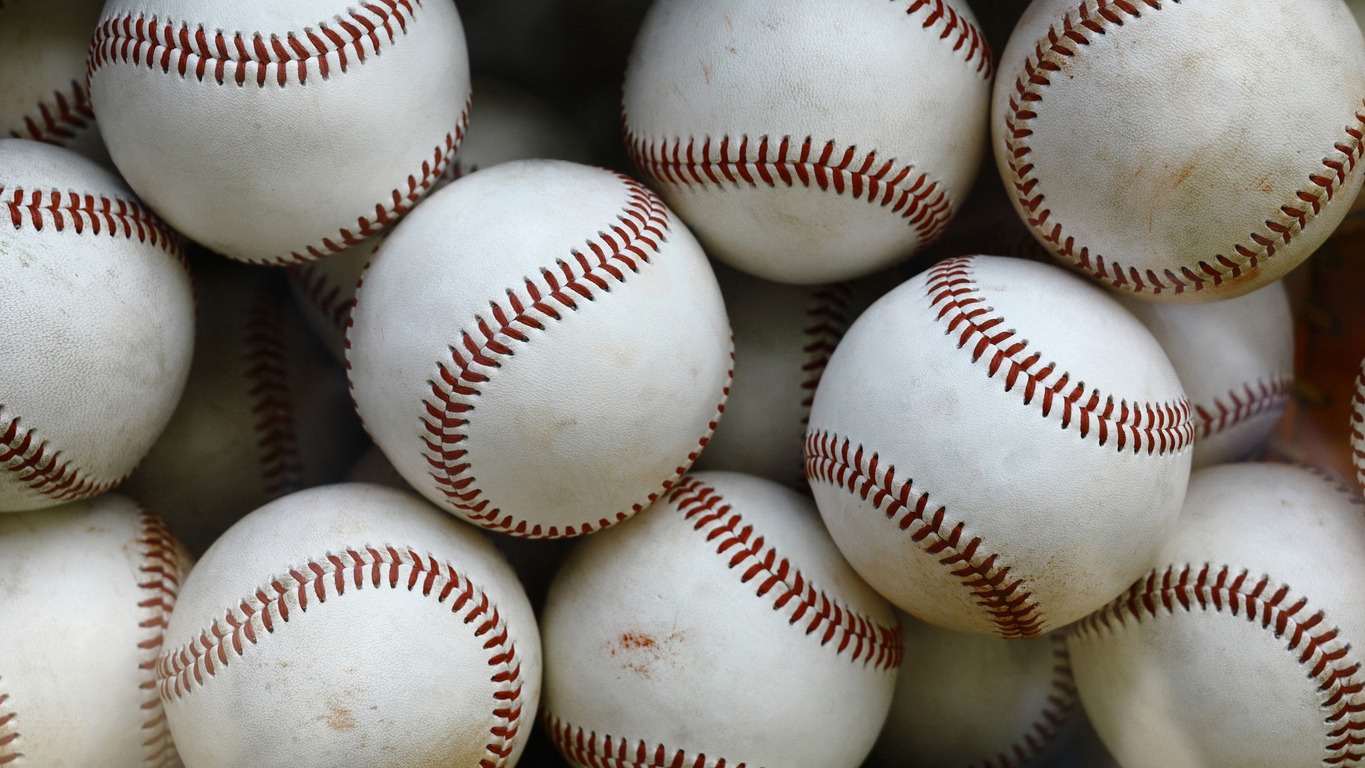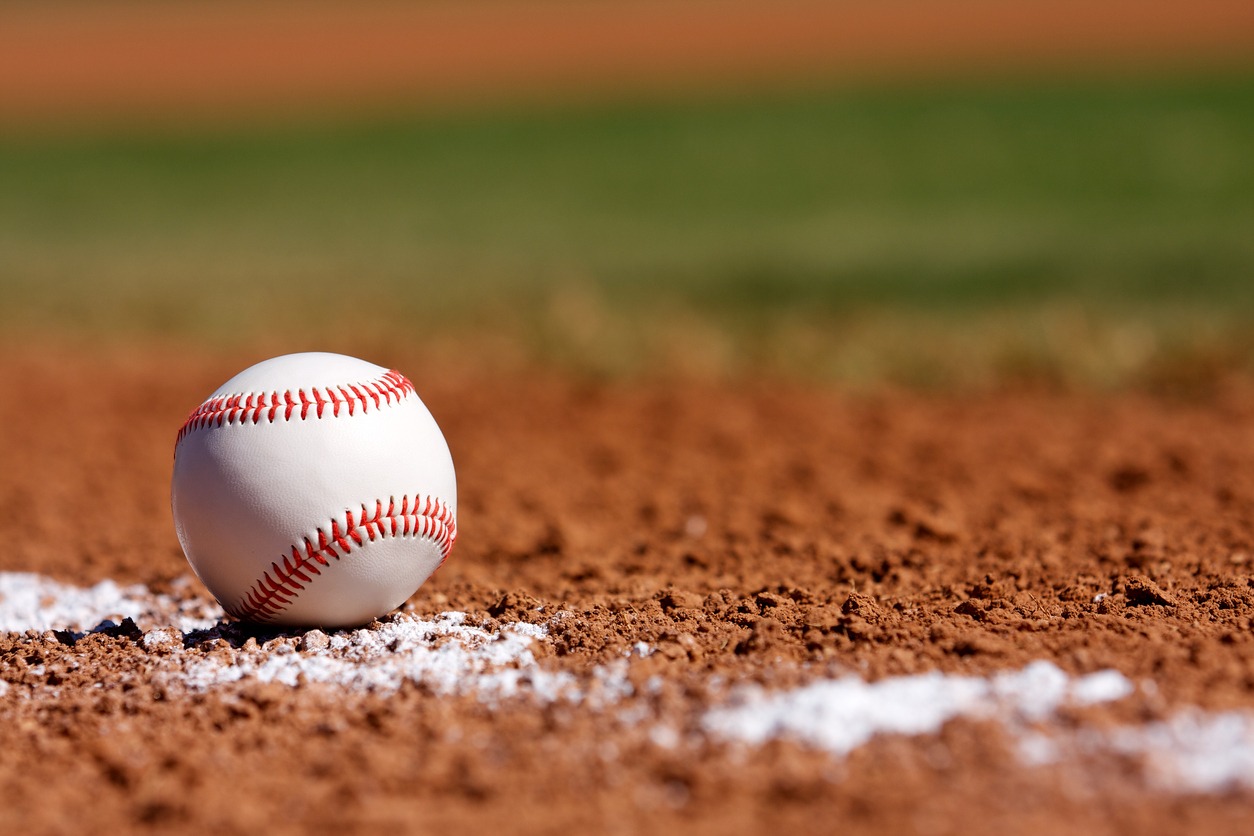Starting from being handmade from rubber cores derived from old melted shoes, the creation of the first factory dedicated to manufacturing, and the arrival of various materials and techniques to today’s mass production, the process of constructing baseball balls has significantly evolved over time.
Now, making baseball balls involves meticulous stages, which are all critical to meet the standards of Major League Baseball (MLB) and to ensure consistent quality and performance.
If you’re curious about how these iconic balls are made, continue reading below! We’ll answer that question and help you learn more about the fascinating process behind the creation of baseball balls.
How Moderns Baseballs Are Constructed
Today’s process of creating baseball balls is a whole lot more complex compared to the earliest days of the sport when it was still the players who made them themselves. Modern baseball ball creation now involves various stages, which are:
Stage 1: Creating The Pill
Everything starts with the creation of the pill. If you cut a baseball ball in half, you’ll quickly notice its center is composed of a small sphere of cushioned cork surrounded by two thin layers of rubber. This distinct core is known as the “pill,” which is slightly smaller than a golf ball less than three inches wide, and weighs about half an ounce.
The “pill” is a key component of the baseball ball that defines the ball’s weight, shape, and performance. It gives the ball flexibility, bounce ability, and resilience, allowing the ball to rebound after you throw it on the ground.
The process of creating the pill starts with cutting the cushioned cork into smaller pieces and then heating them until they become soft and malleable. After that, they are put in a metal mold to give it its spherical shape before injecting the rubber to envelop the cork, further boosting the ball’s strength and structure.
Once done, all pills are placed into a large drum or bin and coated with latex adhesive or tacky glue before they proceed to the next process – wrapping the pill in yarn.
Stage 2: Wrapping With Yarn
At this stage, the process of making a baseball ball becomes a little bit more complex to imagine but believe it or not, the pill covered with glue will be tightly wound with nearly 340 meters of yarn! To be specific, the first layer is 110.6 meters of four-ply blue-gray wool, while the second layer is 41.1 meters of four-ply white wool. The pill is then wrapped with a third layer of 48.4 meters of three-ply gray yarn before it’s finally wrapped with 137.1 meters of finishing wool.
Doing that by hand while creating a perfect sphere is quite impossible, so manufacturers use specialized winding machines to do the job. These machines work precisely under constant high tension to prevent “soft spots” and ensure that the wrapped baseball ball keeps its nice, spherical shape.
This winding process is also crucial in defining the baseball ball’s weight, shape, and bounce characteristics. Plus, the yarn also gives the baseball ball added resilience, enabling it to return to its original shape despite being intensely gripped or taking a battering from the hardest hitters.
After being wrapped with yarn, the balls are placed into the large bin and covered with another layer of latex adhesive.
Stage 3: Assembling The Leather Covering
Now, we’re getting closer to the final innings. After wrapping the pill with yarn, it’s now time to assemble the baseball ball’s exterior. The covering is made of cowhide, a durable material that can endure intense abrasions and impacts that are normally encountered in the game. The cowhide first undergoes strict inspection for defects. Once cleared, it goes through the process of alum tanning, giving it its distinct white color.
After the leather is tanned, a machine then cuts it out into panels that will perfectly fit around the baseball ball and punched it with holes for stitching. These panels are then soaked in water, softening them up and rendering them much easier to mold around a baseball ball.
Stage 4: Stitching
Lastly, there is stitching. Workers stitch the baseball balls by hand using 223.5cm red-dyed waxed thread with each baseball ball getting exactly 108 stitches. Stitching is done in a particular pattern to provide the players with the right texture and grip and ensure that the baseball ball holds tightly throughout its use. Once sewn, the baseball balls are rolled into a wooden machine to eliminate the raised stitches. Every seam is flattened out, as even a small one can cause the ball to drag or slow down.
Inspection
While the construction of a baseball ball is basically done after the stitching process, it doesn’t end there. Baseball balls undergo stringent quality control and testing before they’re ready to be used on the field.
It’s very critical that they adhere to the required standards set by the league to maintain fair and competitive gameplay. For example, a baseball ball’s weight must be between 141.7 and 149 grams (5 to 5.25 oz) while its circumference must be between 9 to 9.25 inches (22.8 and 23.5 cm).
Then, baseball balls are also tested for liveliness, where they are fired from an air cannon to a wooden wall at a speed of 25.9 meters per second. To pass, a baseball must rebound at between 0.514-0.578 of its original velocity. Meanwhile, baseball balls are also squeezed between two anvils where they should not warp over 0.2 cm to pass.
After rigorous testing, only the baseball balls of the very highest quality will be stamped with the manufacturer’s logo and the league logo and will see action on the field.
Takeaway
Now, you’ve learned about the intricate process behind the creation of baseball balls, which is something that you can ponder about or share with your family and friends while watching or playing the esteemed sport of baseball. Though the history of baseball equipment and its development will most likely continue to evolve, one thing will surely remain constant – the passion for the sport.



